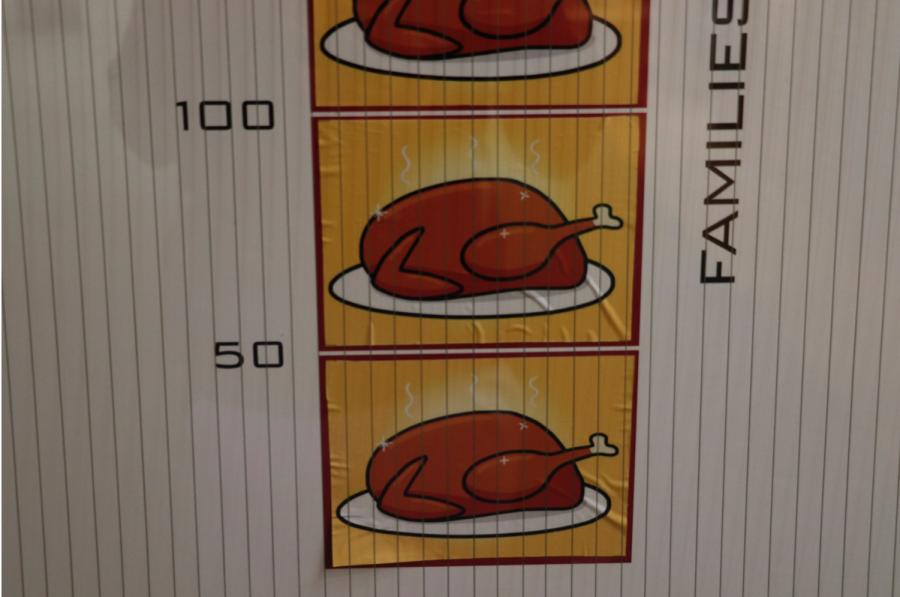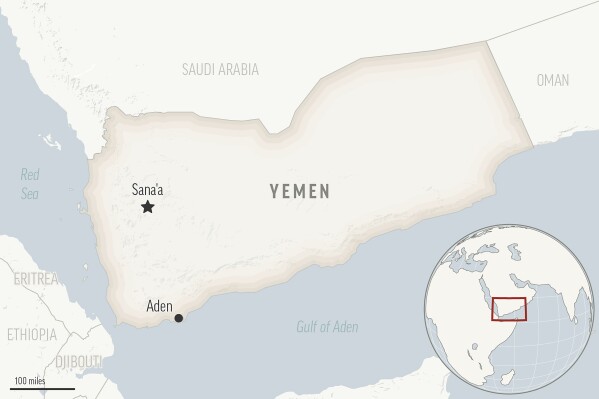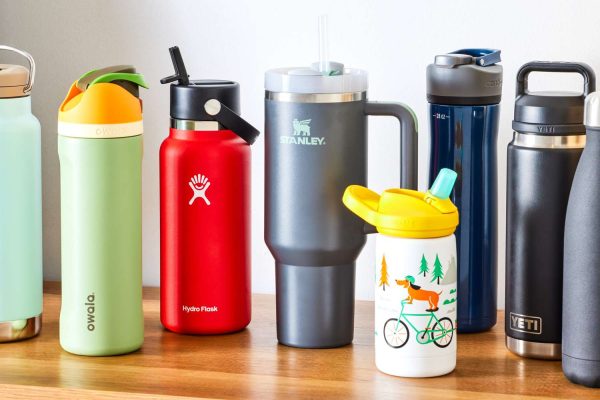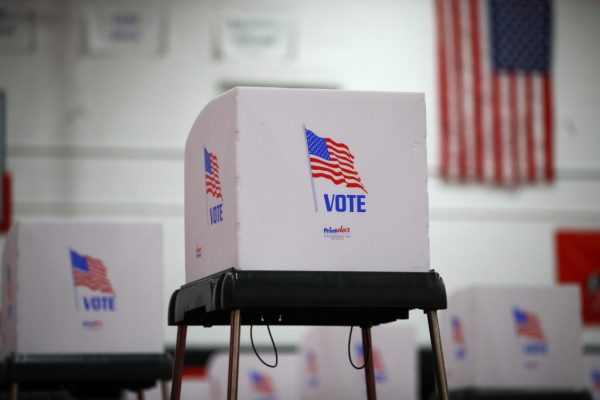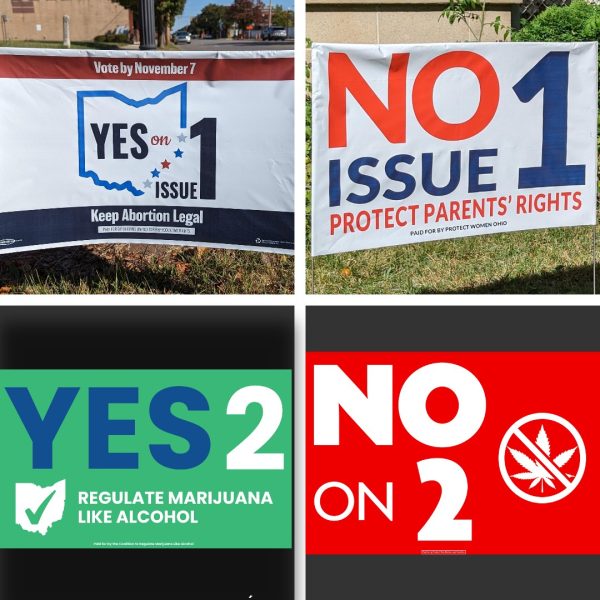Propelling the Food Drive Forward
November 19, 2017
For the last 12 years, University School has partnered with with Mt. Pleasant NOW Development Corporation in providing Thanksgiving dinners for families in the Mt. Pleasant community, which is situated on the southeast side of Cleveland. “At the Shaker Campus, the Lower and Middle School families and staff assemble 60 boxes of donated food. At the Upper School, we collect enough money to fill another 200 boxes, which consist of a turkey, a bag of potatoes, and a bag of fresh apples. All boxes are distributed to the Mt. Pleasant NOW community for the Tuesday before Thanksgiving. And the residents pick up their boxes the Wednesday before Thanksgiving,” Ms. Lawrence, the head of the operation, tells me as she sits across from me in her busy office.
There is no denying that the impact of the Mt. Pleasant Food Drive. Not only does it aid impoverished Cleveland families in having Thanksgiving dinners, but it teaches US students about the values of good citizenship. It lets US students be a part of something bigger than themselves. Many students donate to the food drive and are able to be a part of this special operation. But can US do a better job?
Some believe that the Food Drive has the potential to be bigger and better than it currently is. They feel that many of their peers are not as involved in the food drive as they could be. In order to evaluate how we can start getting more students to donate, we must assess the two main reasons that a student donates. First, he genuinely wants to see an impoverished family have a Thanksgiving dinner. Second, he is motivated by the school’s incentive – a few house points and first lunch for all of next year – for donating.
However, as I spoke to more students, it became apparent that the ‘incentive’ does not work as well as one would hope. While we can certainly change a student’s genuine desire to brighten a poor person’s day, this seems like a long term goal, while changing the incentive is a more immediate solution. Akshat Chowksey, a senior and member of the Aurelian Society (and my editor), which helps orchestrate the Food Drive, says, “I think we should change the incentive system to a more powerful incentive coupled with a disincentive. This would encourage the bottom feeders to donate.” While one might argue against a disincentive, Chowksey further states that participation in the Food Drive should not be an option due to the fact that good citizenship is one of the key values University School stands for. An improved incentive might be food-based, like a pizza lunch or ice cream for the house that donates the most money.
At the same time, however, we want students to donate for compassion and consideration, not solely incentive. But now we face a choice. We can improve the incentive and add a disincentive, which would encourage more students to donate than those that currently do, or we can keep the current incentive, and have less students donate, the majority of which would do so out of compassion.
